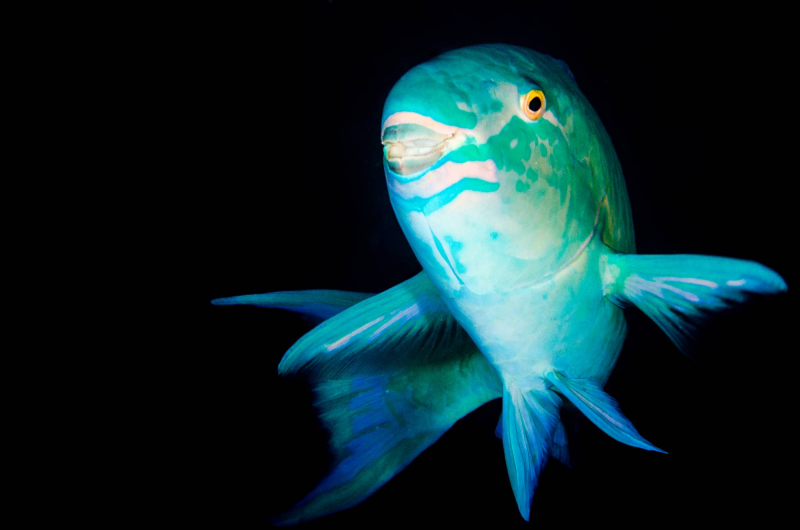Parrot fishes
A subfamily of the wrasses, the parrot fishes are a group of roughly 90 different fish species. The Indo-Pacific region has the highest species richness for this group, with roughly 95 species. They can have a big impact on bioerosion and may be found in seagrass beds, rocky beaches, and coral reefs.
The dentition of parrot fishes, which is unique from that of other fish, including other labrids, has given them their name. With their parrot-like beaks, they rasp algae off coral and other rocky surfaces. Their many teeth are placed in a closely packed mosaic on the outside surface of their jaw bones. Their group, which includes around 90–95 species, contributes significantly to bioerosion. Some species, which are mostly herbivores and eat epilithic algae, may even grow to lengths of over one meter.
They occasionally eat microscopic creatures like bacteria, crustaceans, and debris. The green humphead parrotfish is one of its biggest kinds, and it mostly eats polyps and live coral. Even while they don't only eat corallivores, polyps may make up as much as half of their diet. With the exception of the green humphead parrotfish, all of them choose algae-covered surfaces over living corals. They could be seen consuming marine urchins as well.











